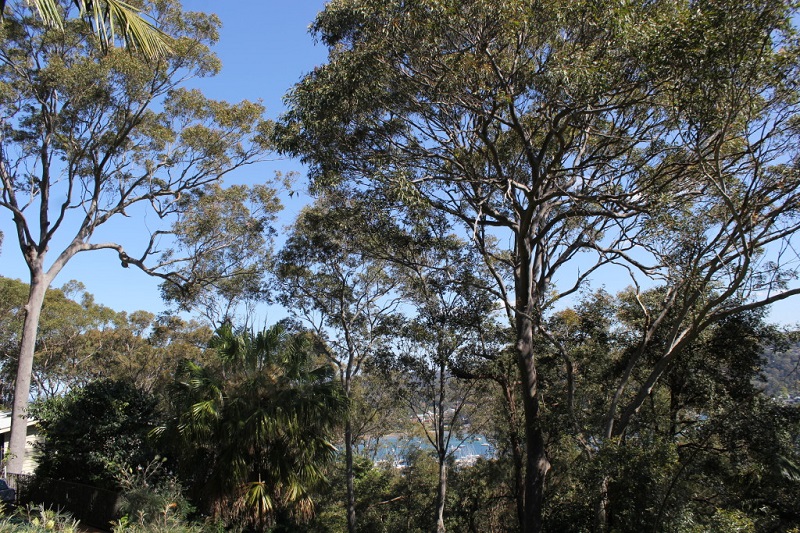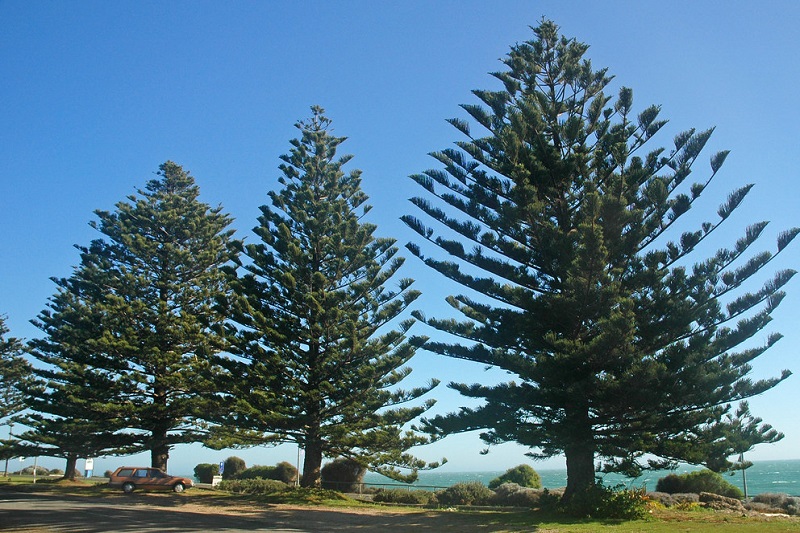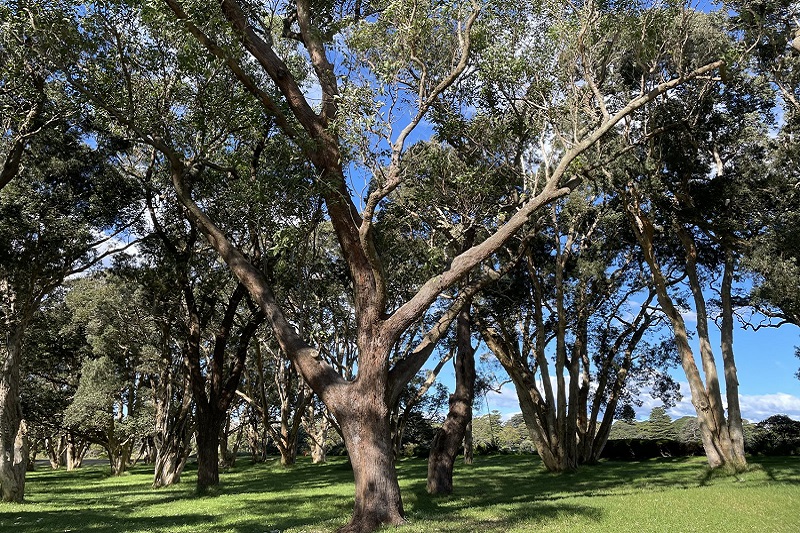5 Popular Tree Species In The Northern Beaches | Care Guide

The Northern Beaches area is home to a wide range of tree species, each contributing to the unique landscape that residents and tourists alike have come to love. But not all trees are the same, and different species require different types of care. In this post, we'll go over 5 popular tree species in the Northern Beaches and provide essential tips for their maintenance.
Sydney Red Gum
Sydney Red Gum, also known as Angophora costata, is native to the region and is widely appreciated for its distinctive, smooth bark, which ranges from pink to orange hues.
How to Care:
-
Watering: Requires moderate watering, especially during dry periods.
-
Pruning: Prune in late winter to early spring to remove any dead or diseased branches.
-
Fertilisation: Apply a slow-release fertiliser in spring.

Port Jackson Fig
This iconic tree is known for its robust root system and broad, shady canopy. It's a common choice for public spaces and larger gardens.
How to Care:
-
Watering: Water regularly but ensure proper drainage to avoid root rot.
-
Pruning: Best pruned in the colder months to minimise sap loss.
-
Fertilisation: Use a balanced fertiliser with micro-nutrients, especially if the tree is young.

Norfolk Island Pine
This evergreen tree is known for its straight trunk and symmetrical branches. While not a native species, it has become synonymous with coastal regions including the Northern Beaches.
How to Care:
-
Watering: Prefers well-drained soil, so be careful not to overwater.
-
Pruning: Generally doesn't require much pruning. Remove only dead or damaged branches.
-
Fertilisation: Fertilise in early spring with a slow-release, high-nitrogen fertiliser.

Swamp Mahogany
Swamp Mahogany is another native tree, known for its durability and its affinity for swampy, saline soils.
How to Care:
-
Watering: Can withstand wet soil conditions but can also tolerate some drought.
-
Pruning: Minimal pruning is needed; focus on removing any diseased or dead branches.
-
Fertilisation: Use a slow-release fertiliser rich in iron and zinc.

Turpentine
The Turpentine tree is an evergreen species known for its hard, durable wood and is commonly found in native forests.
How to Care:
-
Watering: Prefers moist, well-drained soils.
-
Pruning: Best pruned in late winter or early spring.
-
Fertilisation: Use a balanced fertiliser, applied in early spring.

Conclusion
Each tree species in the Northern Beaches has its own set of requirements for optimal growth and health. Understanding these needs is essential for effective tree care. Whether you are a new homeowner, a long-time resident, or a landscaping professional, this guide should help you make more informed decisions regarding tree care in this beautiful region.
Thank you for reading. If you need specialised tree care services, don't hesitate to reach out to us at Affordable Tree Services Northern Beaches.
For a more customised and detailed guide on tree care, feel free to contact us. We offer professional advice and services that can help you maintain the natural beauty of your green spaces.


